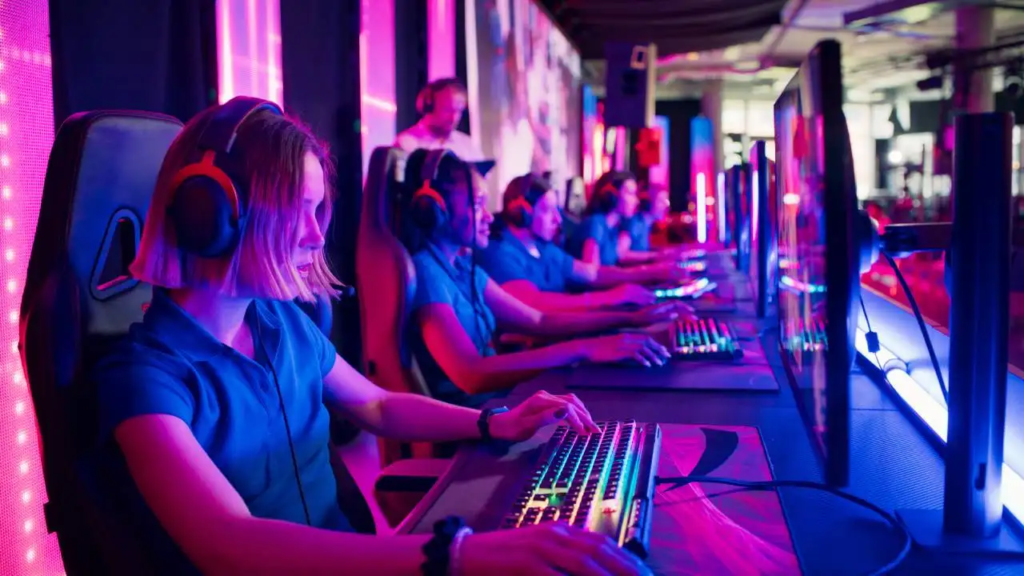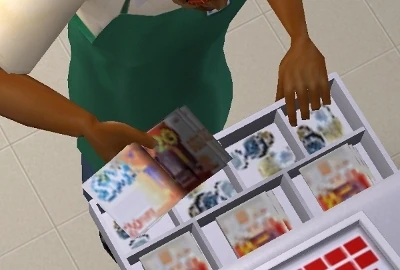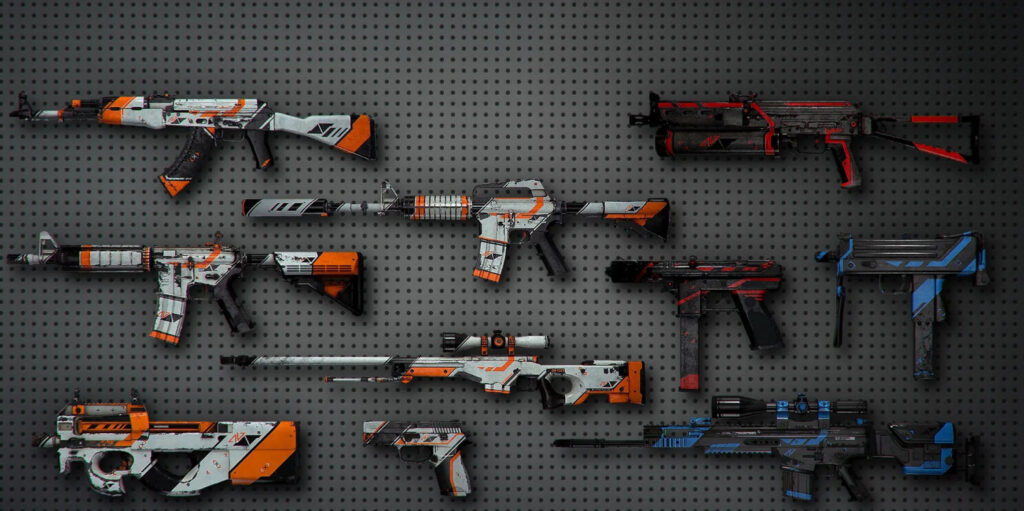The concept of an economy in video games has become a focus point of conversation in recent years, due to polemics involving the gambling nature of microtransactions in some video games. However, it is not exactly a new concept.
In fact, it has evolved significantly over the years, transforming from simple in-game currencies and basic trading systems to complex virtual markets that mirror real-world economic principles. These virtual economies have the potential to enhance gameplay and provide players with a unique and immersive experience.
In this article, we want to explore in more detail the intricate aspects of the economy in video games, their impact on gameplay, and the lessons they offer about real-world economics.
Read also: 5 gaming trends in 2024: a look into the future and beyond
The evolution of the economy in video games

In the early days, the economy of video games was rudimentary. Players would simply earn points or coins by completing tasks, which could then be used to purchase power-ups or extra lives. These basic systems provided a foundation for more complex economic structures to come.
Classic arcade games like “Pac-Man” and “Donkey Kong” featured these simple economic models, where the primary focus was on achieving high scores rather than accumulating wealth.
But things drastically change with the rise of MMORPGs.
MMORPGs (Massively Multiplayer Online Role-Playing Games) such as “World of Warcraft” and “EVE Online” revolutionized video game economies. These games introduced virtual markets where players could trade goods and services, creating a dynamic economic environment.
The complexity of these economies required developers to consider supply and demand, inflation, and currency stability, mirroring real-world economic challenges. Check out the scenarios down below:
- In “World of Warcraft,” for example, the Auction House allows players to buy and sell items, creating a player-driven economy with fluctuating prices based on rarity and demand.
- “EVE Online” takes this a step further, with its economy being almost entirely player-driven, featuring corporations, market manipulation, and large-scale economic wars.
With the advent of microtransactions and in-game purchases, video game economies entered a whole new phase.
The revolution of microtransactions in the economy in video games
Microtransactions in video games refer to small financial transactions made within a game, typically to purchase virtual goods or benefits. These can include in-game currency, cosmetic items, character skins, power-ups, and other enhancements that can either be purely aesthetic or provide some form of gameplay advantage.
Microtransactions began gaining traction in the mid-2000s with the rise of online and mobile gaming. The concept can be traced back to the late 1990s and early 2000s – when games like “The Sims Online” and “MapleStory” offered purchasable in-game items.
Around 2006, Xbox Live introduced microtransactions with games on the Xbox 360, allowing players to purchase in-game content. Following that, in 2009, the Facebook game “FarmVille” popularized microtransactions in social gaming.

A year later, mobile games like “Candy Crush Saga” and “Clash of Clans” were successful because they heavily utilized microtransactions, thus contributing to their massive revenue streams.
Nowadays, many major games now include some form of microtransactions. Popular examples include “Fortnite,” “Overwatch,” and “Call of Duty” series.
Microtransactions have often been controversial – especially when they impact game balance or target vulnerable players (like children). This has led to regulatory scrutiny in various countries and forced a shift towards more transparent and ethical practices, with some companies opting to avoid “pay-to-win” mechanics and instead focus on cosmetic and non-essential items.
Don’t miss out: Top PC games by cumulative revenue: player spending in 2024
Key components of economy in video games

In-game currency
Most video games feature some form of in-game currency, which players earn through gameplay or purchase with real money. This currency is used to buy items, upgrades, and other virtual goods, creating a foundational layer for the game’s economy.
In “The Sims” series, for example, players use Simoleons to purchase household items, clothing, and even real estate, creating an economy that mimics real-life consumer behavior.
Virtual goods and services
Virtual goods, ranging from cosmetic items like skins and outfits to functional items like weapons and tools, are integral to video game economies.
Other services, such as character boosting or crafting, add another layer of complexity. The value of these goods and services fluctuates based on supply and demand, similar to real-world markets.
One such example is the economy in “Counter-Strike: Global Offensive”, where rare weapon skins can be traded or sold for hundreds, sometimes even thousands, of dollars, highlighting the significant real-world value of virtual items.
Player-driven markets

Many games feature player-driven markets where players can trade items with each other. These markets operate on principles of supply and demand, with prices fluctuating based on availability and player desire.
Games like “EVE Online” take this to the extreme, with player corporations engaging in large-scale economic warfare. In “Path of Exile,” the in-game economy is driven by a barter system, where players trade valuable items and currency orbs, creating a unique and dynamic market environment.
Auction houses and trading systems
Auction houses and trading systems facilitate the buying and selling of virtual goods. These systems often include features like bidding, direct sales, and item listings, providing players with a marketplace to engage in economic transactions.
Games such as “Diablo III” and “World of Warcraft” have implemented auction houses to great effect. “Diablo III’s” Real Money Auction House, although eventually removed, allowed players to buy and sell items for real-world currency, demonstrating the potential (and pitfalls) of integrating real money into virtual markets.
Read also: Why IoT-based games could be the future of gaming
The future of the economy in video games
The future of the economy in video games is evolving in several exciting directions.
Games are increasingly featuring robust virtual economies where players can buy, sell, and trade virtual goods, currencies, and even real-world assets. This includes digital real estate, virtual fashion items, and more.

Such practice is possible thanks to the advent of blockchain technology, which is being used to provide secure ownership of digital assets within games. This enables players to truly own their virtual items, fostering a new level of value and investment in virtual economies.
And with more games becoming cross-platform, there’s potential for unified virtual economies where assets and currencies can be transferred or used across different games or platforms. Some platforms are even exploring ways to integrate financial services directly into gaming experiences, such as virtual banking or trading platforms within games.
And we here at Main Leaf are ready for this revolution, just as we were for all others we witnessed over our 12 years of experience in the gaming industry.
If you liked this article, you can always check out our blog, where we discuss many other topics relating to the world of video games. And, of course, you can always contact us to learn more about our development services! We can answer you within 24 hours.

